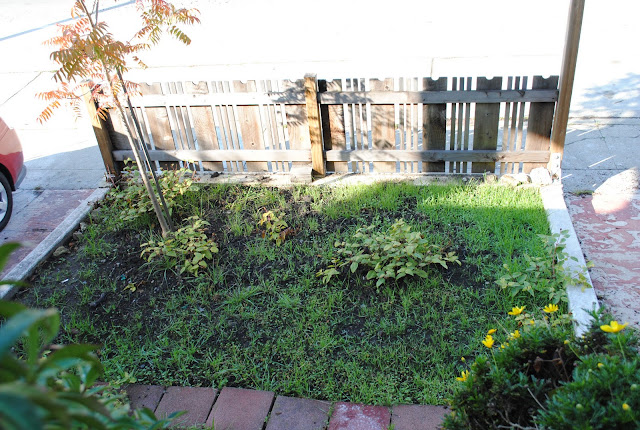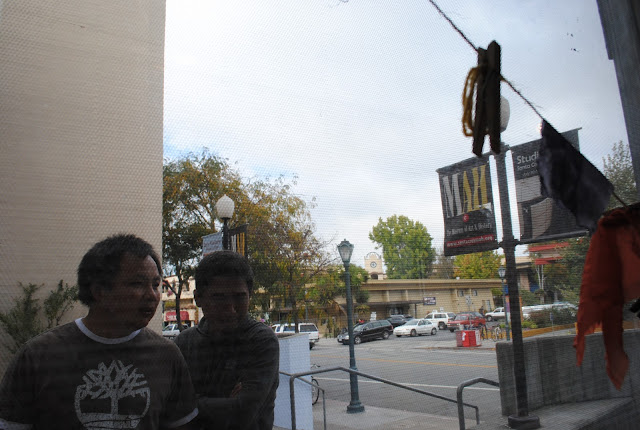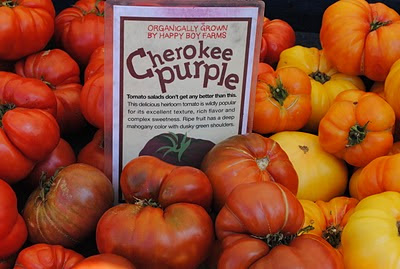Two weeks ago my friend and design partner Laura and I got our first job installing a garden in an Oakland home. Our job was to clear out and plant three beds in our clients' front yard. They wanted a mix of natives, grasses, flowers and primarily easy to care for colorful plants. They also wanted a flowering vine to trellis up their entrance way. Here are a few photos of the design before and after planting.
The main bed, with lots of "weeds" coming up, a bare fence and existing tree.
After a good weeding we laid out our plants and stones. Our designed was centered around a repeating theme of grasses and succulents. The bed is lined with California poppies. An evergreen Clematis vine is what we chose for the entrance.
Here's a close up of our planting groups. We got the stones from American Soil and Stone. The colorful grasses are Phormium 'jester.' In the background along the fence you'll see a CA native grape that we chose to line the wall.
One focal counterpoint to the existing tree is the addition of a beautiful dwarf Japanese maple 'pixie.' Japanese blood grass provides colorful foliage to the left.
The view from their porch. We mulched the bed nicely to keep out weeds and pull the design together
The far planting bed along the house, overflowing with weeds and with a well established jasmine and camelia plant.
We cleared the bermuda grass, and piled in ground covers, and CA native sticky monkey flowers and poppies.
Designing and installing the garden was great fun. If you know of anyone who needs a little nudge to transform an empty garden space into a thriving native, colorful or edible garden, please get in touch.









































 today i got inspired at the temescal farmer's market when i saw some beautiful squash blossoms at
today i got inspired at the temescal farmer's market when i saw some beautiful squash blossoms at  the whole process was so simple. i washed the blossoms and allowed them to fully dry on a paper towel. then i stuffed each little blossom with about a spoonful of fromage blanc, while i heated some olive oil in a skillet (i didn't do a deep fry, but rather a pan fry). i prepared a batter using flour, water and seasalt.
the whole process was so simple. i washed the blossoms and allowed them to fully dry on a paper towel. then i stuffed each little blossom with about a spoonful of fromage blanc, while i heated some olive oil in a skillet (i didn't do a deep fry, but rather a pan fry). i prepared a batter using flour, water and seasalt.








